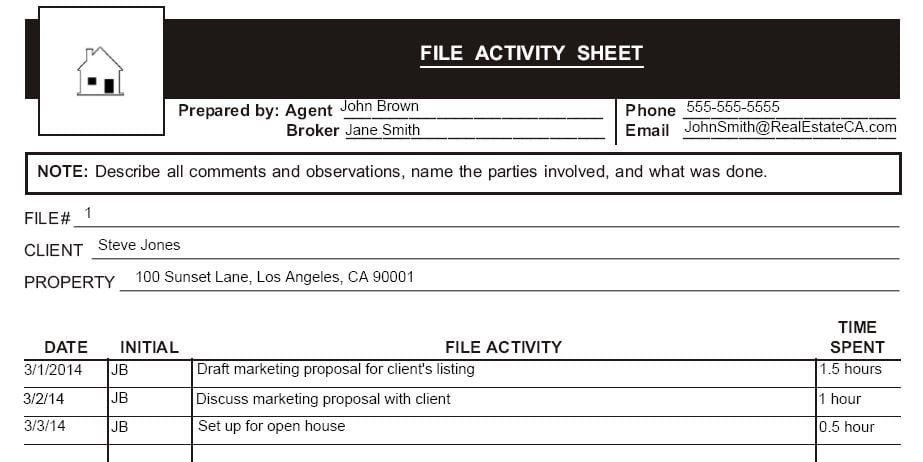Competition is fierce. For many, it’s a struggle to earn dependable income representing both buyers and sellers in today’s real estate market. That’s why it’s crucial to appeal to the most potential clients by casting the widest net possible, with the greatest flexibility of services. How is this accomplished? By maintaining a creative, professional and innovative brokerage.
Specifically, providing clients with different fee structure options is a key way to distinguish your practice from that of the competition. Continue below for a discussion of the lesser used — but perfectly viable — ways to structure your fee.
Hourly fees
Some benefits exist to the hourly fee structure, as opposed to the standard percentage fee. Under an hourly fee structure, you receive an hourly fee for the time spent performing the obligations of your employment, whether or not the deal actually closes escrow. This is particularly advantageous for buyer’s agents. Benefits of the hourly structure include:
- a guaranteed fee for the hours spent assisting clients;
- more predictable annual incomes; and
- building a reputation as a trustworthy agent or broker (as opposed to perpetuating the public’s general view of sales agents and brokers as shady salespersons).
Related article:
However, ironing out the logistics of an hourly fee is daunting without knowing how to implement it. Here are some suggestions to get you started.
First, set a goal for the annual income you require to meet all financial commitments and maintain your standard of living. For example, you might desire an annual pre-tax income of $100,000 (self-employment income is taxed the same whether it’s received on a percentage or hourly basis).
Then, mathematically determine the hourly rate required to meet that goal. If you typically close 15 deals a year, spending an average of 50 hours assisting each client, then your hourly fee comes to about $130. You might decide to adjust this downward or upward depending on your years of experience, perceived marketability and any other special circumstances.
Editor’s note: Calculate how much you currently earn an hour to determine your worth. For instance, if you work 50 hours a week and earn $60,000 a year, you are currently making what is analogous to $23 an hour.
Include the hourly fee option in your buyer’s and seller’s listing agreements. [See first tuesday Forms 102 and 103]
Consider how you will keep track of the hours spent assisting each client. A simple spreadsheet where you can list the activities performed and the time spent performing those activities is a good place to start. [See first tuesday Form 520]
For example:
Review your time-keeping method with each client at the start of each transaction and check up regularly. Provide your client with an updated accounting of your timesheet each week, keeping them in the loop of all activities performed and reducing the chance of disagreements over the total billed hours or any surprises later. This is especially important if the deal doesn’t close (as can sometimes happen with homebuyers who choose not to buy).
Flat fees
On the other hand, you may consider a flat fee per transaction, which require a specified dollar amount to be paid for your time and talent, contingent on closing and without regard for the selling price. This requires less effort on the agent’s part and fewer potential complications than an hourly fee. You also won’t have the added task of tracking every hour spent pursuing your clients’ home sale or purchase, which is an activity most agents and brokers are unaccustomed to doing.
Flat fees are common for hot deals that aren’t intended to be shared with other agents, such as inexpensive property. For example, a percentage fee is too little to compensate for liability and time committed when the property under consideration is a vacant lot that sells for $10,000.
Having two or three fee structure options to offer potential clients gives you an edge over other brokers stuck in the same-old percentage structure.
If you’ve charged a flat or hourly fee, share your experience in the comments below!















